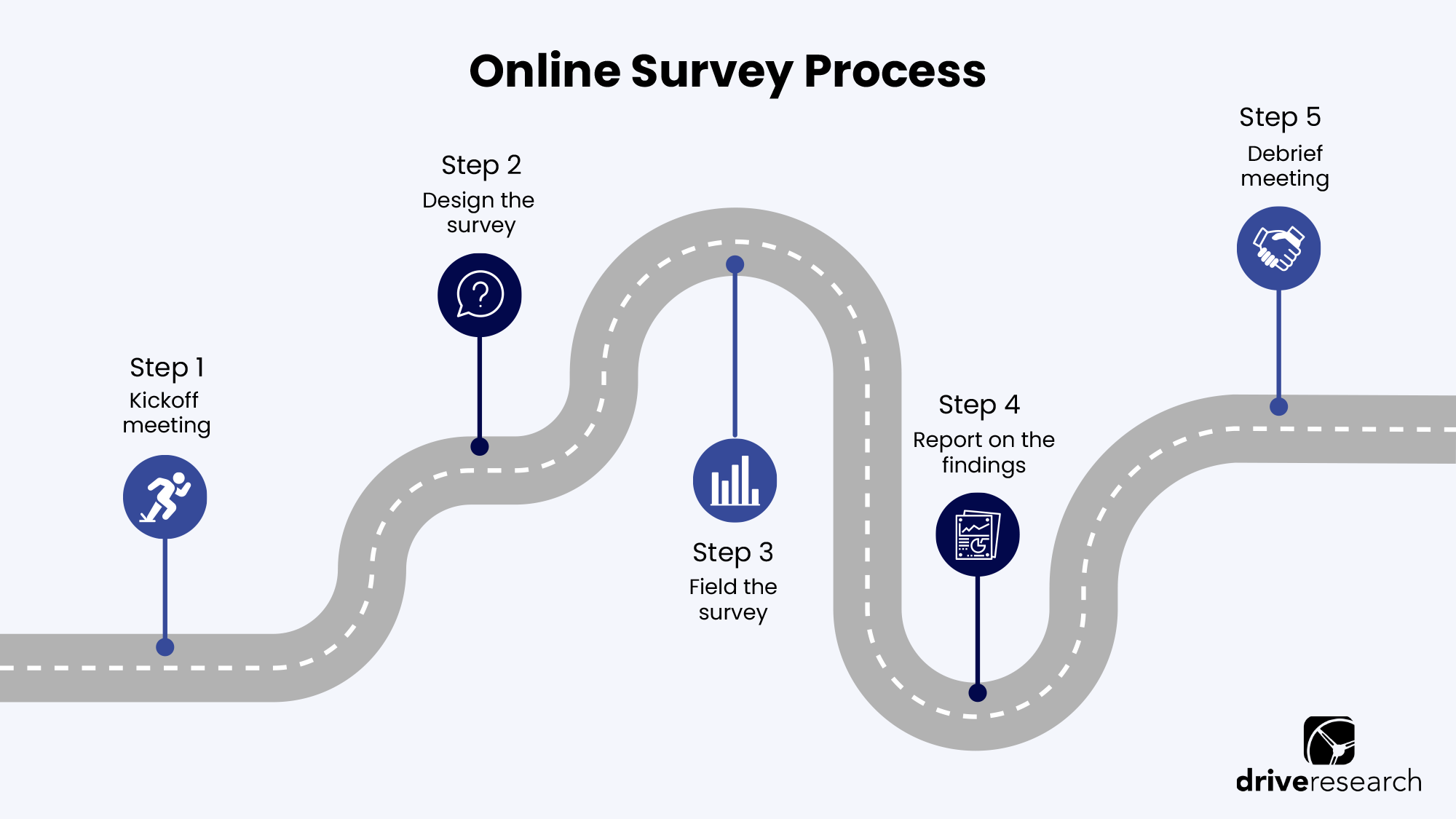
The success of any neighborhood, apartment unit, or housing complex lies in the satisfaction and engagement of its residents.
Understanding the pulse of your tenants is not a mere luxury but a necessity for fostering a positive living environment.
Enter resident satisfaction surveys — an invaluable tool that opens a direct line of communication between community stakeholders and the individuals who call it home.
In this blog post, we delve into the significance of resident surveys and explore how these surveys act as a powerful catalyst for positive change within residential communities.
What is a Resident Satisfaction Survey?
Resident satisfaction surveys are questionnaires used to measure and assess the level of contentment, happiness, and overall satisfaction of individuals living within a specific residential community.
These surveys are designed to gather feedback directly from residents regarding various aspects of their living experience, including the quality of…
- Services
- Amenities
- Community events
- Overall neighborhood environment
Most commonly, the survey data will be used to inform professionals such as property managers, homeowners' association members, landlords, and realtors.
Whether it be condominiums, senior living facilities, apartment complexes, or student housing, resident satisfaction surveys provide valuable insights.
The data highlights areas that may require improvement, help identify potential issues, and allow for informed decision-making to enhance the overall living experience for residents.
Purpose of Resident Satisfaction Survey
Regularly conducting resident satisfaction surveys demonstrates a commitment to resident well-being and enables a continuous feedback loop for ongoing community improvement.
Below are a few key reasons to conduct these useful surveys:
Gather Feedback
As with all surveys, resident satisfaction questionnaires gather feedback straight from those living in a specific location/facility.
This data can reveal all sorts of important information about residents, such as experiences, opinions, and areas of improvement.
In a way, these are similar to customer satisfaction surveys. Simply switch out "customer" for "resident," and you'll find a lot of overlap.
Measure Satisfaction Levels
Gathering this feedback from residents also measures the satisfaction levels of current residents at a location.
Again, the key goal of resident satisfaction surveys is to understand how well these locations and facilities are meeting the needs of those living there.
Identify Areas for Improvement
One of the most important aspects of any satisfaction survey is discovering common pain points among respondents. Resident satisfaction surveys zero in on these specific pain points, rather than just making general assumptions.
This data is essential for improving aspects such as:
- Cleanliness
- Maintenance
- Safety
- Communication
- Amenities
- Additional residential services
Validate Decision-Making
Measuring resident satisfaction with feedback and surveys will help inform teams to make decisions based on relevant data.
Instead of taking a shot in the dark, teams will be able to make actual improvements based on data-driven insights. This can be used for anything from strategic planning decisions to policy development.
Boost Resident Retention and Loyalty
Similar to customer retention, resident retention is another benefit of these satisfaction surveys.
Since resident satisfaction surveys reveal pain points and trends among those living in a specific location, issues will be visible in the data.
Once the necessary teams have access to this information, changes can be made based on this data. Correcting issues will likely cause the residents to continue living in the location, along with boosting their likelihood of recommending the unit to friends and family members.
How to Conduct Resident Satisfaction Surveys
When it comes to creating and sending these surveys, they follow the standard market research process.
We recommend partnering with a full-service market research company to ensure the process runs as smoothly as possible.
Below, we'll quickly review the key steps to the survey creation process.

Step 1. Define Objectives and Goals
The first step in any market research process is to determine what the goals of a survey are.
In this case, what do you want to learn from the residents? How will this data be helpful in improving residents' quality of living?
If you are working with an online survey company, these objectives are all covered in a kickoff meeting with a market research team.
Step 2. Develop Clear and Concise Questions
Resident satisfaction survey questions should be easy to understand and answer.
What's more, ensure they're related to your unique objectives. It's not worth the time and money to include questions that are outside the main topic of a survey!
Additionally, residential satisfaction surveys should include varying question types such as multiple-choice questions, rating scales, and open/close-ended questions.
Doing so will help increase response rates and overall engagement, leading to higher-quality data.
Step 3. Distribute the Survey
Once drafted, the survey will be tested with a small group of respondents, known as a soft launch. Soft launches allow for the survey to be seen by only a small number of people, in case there are any existing issues.
After the survey has been tested, it's then sent out to the residents. It's important to be certain that the survey is accessible to all residents, so we suggest using multiple communication methods if necessary.
Additionally, it's a good idea to send reminders to residents who haven't completed the survey.
Step 4. Collect and Analyze Responses
Once the survey period is over, gather and organize the responses. Use tools or software to analyze the data. Create a summary report that highlights key findings, trends, and insights gathered from the survey.
Once the survey period, or fieldwork, has been completed, it's time to collect and review the residents' responses.
The best way research teams do this is by using tools to analyze the feedback accurately and swiftly. After the survey data has been reviewed, a report is created to house all the findings for the client.
Step 5. Implement Changes
Living facilities can take this data and make the necessary improvements based on the feedback.
Whether the changes are made to services, amenities, policies, or other factors, the client can feel assured they're making informed decisions based on actionable data.
Step 6. Monitor and Evaluate
We suggest running regular or semi-regular resident satisfaction surveys to monitor trends and changes over time.
This will ensure teams can track these over time to ensure residents remain satisfied.
Recommended Reading: Benefits of Using a Third-Party Market Research Firm
Final Thoughts
A resident satisfaction survey has a whole host of benefits for improving a living experience.
Whether the survey is for those in a senior living facility, student housing location, or large apartment complex, satisfaction surveys work to gather key data on the residential experience.
Groups that use these surveys range from property management teams to realtors to homeowner's association groups. The goal is to gather relevant trends and data that dive into the ways residents view these facilities.
Common pain points and trends will be discovered in the data to ensure residents stay happy in their location and ensure retention rates.
Contact Our Resident Satisfaction Survey Company
Are the residents in your facility happy? Discover key insights by offering them surveys to share their thoughts!
Drive Research is a market research company based in New York. Our team has years of experience in designing effective satisfaction surveys and can work with your team to deliver specific insights.
Interested in learning more about our market research services? Get in touch with us today!
- Message us on our website
- Email us at [email protected]
- Call us at 888-725-DATA
- Text us at 315-303-2040

Lark Allen
As a Content Marketing Specialist, Lark has a strong background and passion for creative, professional, and journalistic writing. She is also a self-proclaimed music freak and 90s enthusiast.
Learn more about Lark, here.

